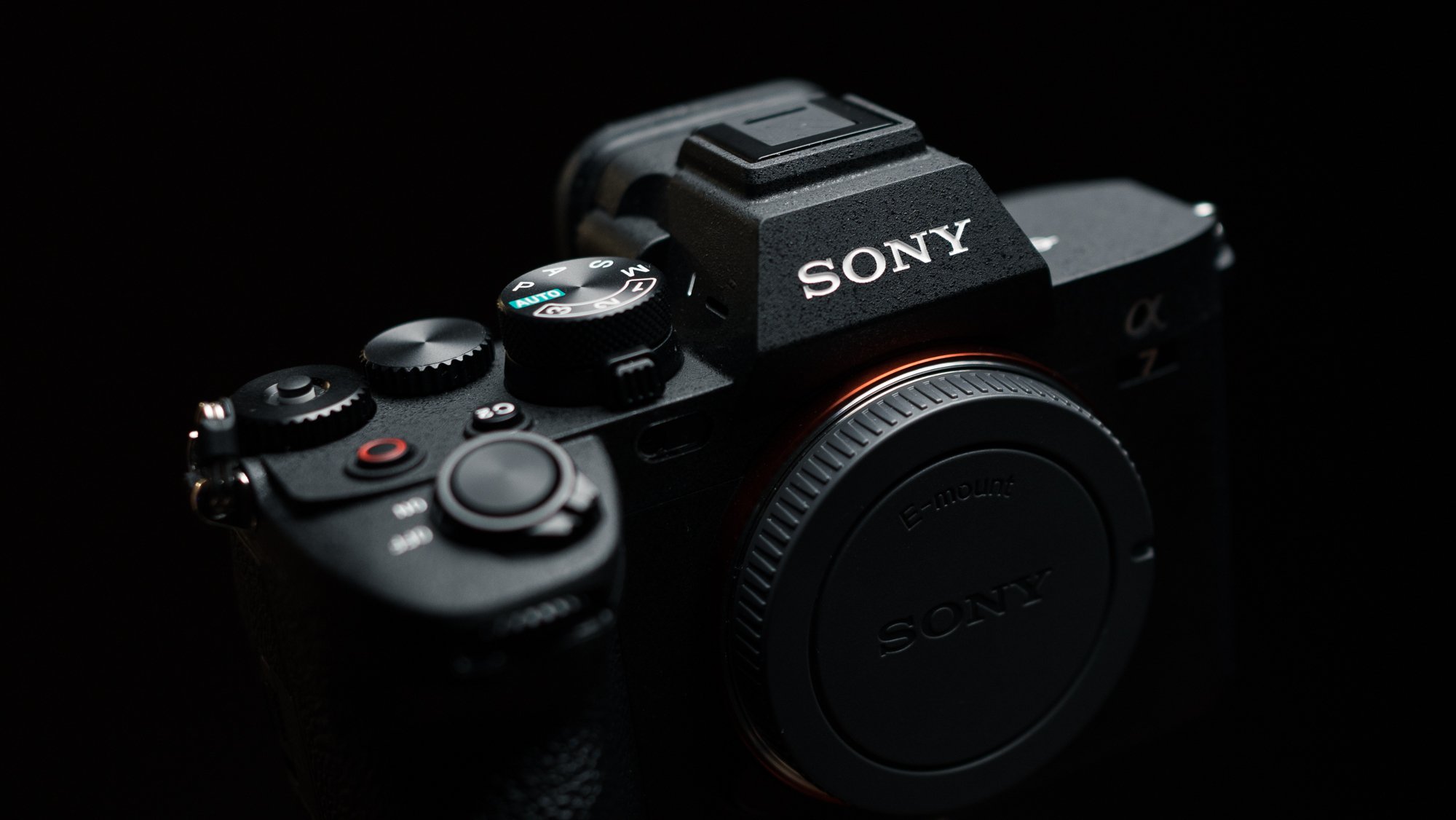What’s in my bag?
If you’re keen to know what gear I use, then you’ve come to the right place.
In this blog, I break down all of the camera gear that I use, along with a short description of each and my insight on how to pack for a trip or a commercial shoot.
Camera body
The Sony A7IV is Sony’s fourth generation, 33MP full-frame mirrorless camera. The reason I chose this body over the higher-resolution A7RIV model, is due to it’s enhanced low-light capabilities.
Having previously used the A7III and A7RIII, I learnt that extra megapixels are rarely needed, especially with Adobe Lightroom’s advancements in enhance technology. The most important thing for me is capturing quality images in low-light whilst maintaining colour depth, and the lower megapixel bodies are they way to go for this. From experience, the A7RIII 42MP body struggled heavily in blue hour, but the A7IV 33MP has been an absolute monster in all conditions.
Drone
DJI Mavic 2 Pro + Fly more combo
Whilst DJI has continued to release new drones, the Mavic 2 Pro remains a powerhouse for pros and enthusiasts. Granted, the Mavic 3 is now DJI’s flagship model, but the Mavic 2 still holds it’s own and at a much more competitive price point.
I regularly claim to be the world’s worst pilot and have branded my drone a ‘naughty dog’ always trying to escape me. But it hasn’t yet, which is credit to DJI’s intelligent flight modes and safety protocols, which I believe are what have made this one of the most successful consumer drones.
With a growing appreciation for FPV, I’ve been practicing in simulators readying myself for the step up to this type of flying. The perspective is absolutely unreal and I am seeing the use of FPV drones more and more in both TV and film. I am using the DJI Avata for personal work at the moment.
Lenses
Sony FE 50mm f/1.4 ZA Zeiss Planar
Possibly my favourite lens of all time, the Zeiss 50mm is an exceptional lens for portraits and commercial images. As expected with all Zeiss lenses it is razor sharp, but what sets this lens apart in my opinion is that creamy bokeh, and it’s performance in low-light.
It is quite heavy for a 50mm, so if that is something which concerns you then another option is the Sony 50mm GM f/1.2. However, in 2022 there is a huge price difference between the two lenses, which doesn’t correlate to quality.
For so long, I only used prime lenses because they are inherently sharper and usually offer a wider aperture, which is key for me since depth plays a huge part in my work. However, a zoom lens is a must-have for commercial work as it offers a variety of perspectives without the need to change lenses. The Sony 24-70mm f/2.8 has become my go-to for lifestyle and commercial shoots.
This lens has really only one purpose in my bag, and that is for underwater photography. When shooting split-level shots, where half of the image is above the water and the other half is underwater, it’s essential to use a wide lens and one that is short enough to fit in the dome port on an underwater housing. The Sony 24mm f/1.4 is perfect for that.
The powerhouse. This tank of a lens is a compression monster and an absolute must for surf and sport photography. I used to own the 70-200mm but found myself always maxing out the focal range and still cropping in post. Whilst the 100-400mm is a hard lens to shoot with, once you understand how to work it, your images will take a huge step up. My number one tip is to shoot landscape with this lens and then crop to vertical if need be. This is generally how I shoot anyway, but the reason it is so important with telephoto lenses is because any camera shake is accentuated at long range, and holding a camera properly in landscape orientation generally provides a more stable shot.
Camera Bag
Are you a photographer unless you’ve owned at least five camera bags?
I honestly think there is no perfect bag, so it comes down to what best suits your needs and there are a few things to take into account,
Capacity
Design
Weather resistance
Style
Price
Capacity was a key factor for me because for a long time I had used the Wandrd Prvke 31L, which looked great and had good weather resistance but the interior of the backpack was designed to fit a camera cube in the lower half and then clothing in the upper. Great for a weekend-away or a small lifestyle shoot, but not ideal as a travel camera bag.
So I ultimately landed on the Peak Design 45L Travel Backpack. This is a great option if you’re carrying a lot of gear, or just want a high quality bag that in my opinion makes the best use of space. It also has great features, is weather resistant and fully-compatible with all of Peak Design’s accessories, like the camera clip.
Other notable options are the Shimoda Action X30 and the Wandrd Prvke 41L.
Camera Accessories
Aquatech Elite II Underwater Housing - the GOAT of all underwater housings.
Polar Pro CPL - cuts out reflections, deepens colours, adds sauce.
Polar Pro ND - essential for video, when shutter speeds need to remain low.
Urth CPL - great budget-friendly option, with high quality glass and eco packaging.
Sandisk Extreme SSD - small, strong and well-priced.
Samsung SSD - both the T5 and T7 are good options, but the cable can have issues mounting. If you’ve owned a Lacie you’ll know what I mean.
Lexar SD - fast and reliable.
Laptop & Office
Macbook Pro 16” M1 Pro
LG Monitor
iPad Mini
Closing thoughts….
Camera gear obviously plays a huge part in producing quality visuals, but what is most important is your mindset behind the camera. Understanding what it is you want to create and how to use the tools at your disposal to achieve that is arguably the most important element to master. This job is not for the faint hearted and the progression is slow, so I always encourage practice and patience. Find your style, become known for it and keep improving at your craft.
Any questions about camera gear or photography in general, just shoot me an email or DM on Instagram.
- Rob




